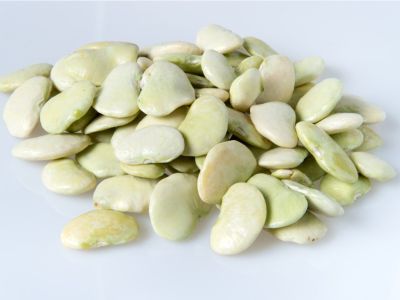What are Butter Beans?
Chances are you have probably eaten butter beans at least once in your life. If you don’t live in areas that call them butter beans, you may be asking yourself, “What are butter beans?” Butter beans are also called lima beans, but don’t let the undeserved reputation of lima beans dissuade you from trying them. They had it right in naming them butter beans; fresh butter beans are rich and flavorful.
Varieties of Butter Beans
Butter beans come in a wide variety. Some are bush beans such as:
Fordhook Henderson Eastland Thorogreen
Others are pole or climber beans such as:
Yellow Christmas King of the Garden Florida
Growing Butter Beans
Growing butter beans in your garden is easy. As with any vegetable, start with good soil that has been amended with compost or has been fertilized properly. Plant the butter beans after the last frost of the season and after the soil temperature has gotten above 55 degrees F. (13 C.). Butter beans are very sensitive to cold soil. If you plant them before the soil is warm enough, they won’t germinate. You may want to consider adding a pea and bean inoculant to the soil. This helps fix nitrogen to the soil. Plant the seeds about 1 inch (2.5 cm.) deep and 6 to 10 inches (15-25 cm.) apart. Cover and water thoroughly. You should see sprouts in about one to two weeks. If you’re growing butter beans that are of the pole variety, then you’ll need to provide a pole, cage, or some kind of support for the butter beans to climb up. Be sure to water evenly and make sure the beans receive 2 inches (5 cm.) of rain per week. Butter beans do not grow well in dry conditions. However, also be aware that too much water will cause the bean pods to be stunted. Good drainage is essential to healthy butter bean growth as well.
Harvesting Butter Beans
You should be harvesting butter beans when the pods are plump with the beans but still bright green. Fresh butter beans are supposed to be harvested somewhat immature for eating so that the butter beans tender. If you plan on growing butter beans next year from some of the seeds, allow a few pods to turn brown before harvesting and save those for next year.
